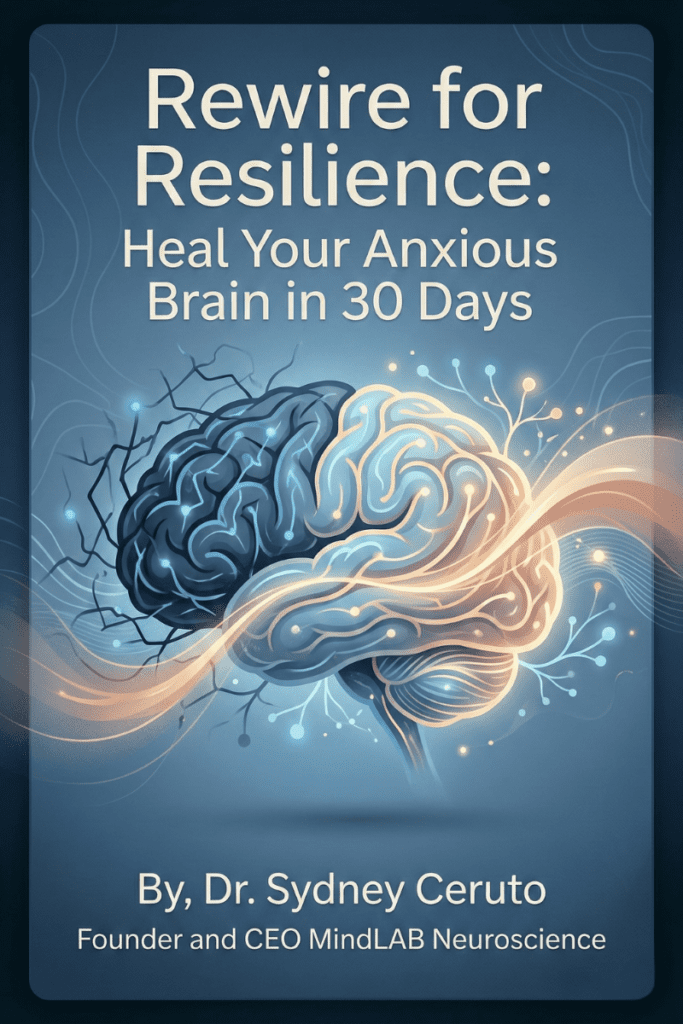In the vast realm of neuroscience, few topics are as captivating as the interplay between the dance of neuroplasticity, memory, and learning. These three elements, deeply intertwined, form the foundation of our cognitive abilities and shape our experiences. But how exactly do they interact, and why is their relationship so crucial to our understanding of the brain? The answer lies in the brain’s remarkable ability to adapt to new information, store it efficiently, and use it to refine future behavior—a process that underpins everything from skill mastery to personal growth.
Interplay of Neuroplasticity, Memory, and Learning: The Triad of Cognitive Evolution
Neuroplasticity is the brain’s dynamic ability to reorganize and adapt by forming new neural connections. This malleability is not confined to early life but persists throughout our existence. This means that no matter your age, your brain has the capacity to change its wiring in response to challenges, practice, and experiences. Memory, on the other hand, is our capacity to store and retrieve information, a process that is continually refined and enhanced by our experiences. Learning is the mechanism through which we acquire new knowledge or skills, and it is deeply influenced by both neuroplasticity and memory. When these three processes operate in harmony, they create a powerful feedback loop where each reinforces and strengthens the other.
- The Role of Neuroplasticity in Learning: Neuroplasticity manifests itself every time we learn something new. As we acquire new skills or knowledge, our brain forms new neural pathways, strengthening the connections between neurons. For example, when learning to play a musical instrument, repeated practice activates specific neural circuits, which become faster and more efficient over time. This structural change in the brain makes the skill increasingly automatic and refined.
- Memory as the Pillar of Learning: Without the ability to store and recall information, learning would be transient. Memory ensures that our acquired knowledge is embedded in our neural networks, ready to be accessed when needed.
- The Symbiotic Relationship: Neuroplasticity and memory are inextricably linked. As we learn and store new information, our brain adapts, and as our brain changes, our capacity to learn and remember evolves. The more we challenge ourselves intellectually, the more our brain adapts, which in turn makes future learning easier. This ongoing cycle means that investing in brain-stimulating activities pays exponential dividends over time.

Harnessing the Power of Neuroplasticity for Enhanced Memory and Learning
- Engage in Continuous Learning: Challenging our brains with new experiences and knowledge promotes neuroplasticity and strengthens memory. This can be as simple as taking a different route to work, learning a new language, or exploring a new professional skill that pushes you outside your comfort zone.
- Practice Mindfulness: Mindful practices can enhance neural connections and improve memory retention. By training your brain to focus on the present, mindfulness reduces cognitive “noise,” allowing important information to be encoded and recalled more effectively.
- Stay Physically Active: Physical activity has been proven to boost neuroplasticity and improve memory and learning capabilities. Aerobic exercise, in particular, increases blood flow to the hippocampus—the brain’s memory hub—and stimulates the release of neurotrophic factors that encourage the growth of new neural connections.
For a more in-depth exploration of neuroplasticity and its myriad implications, consider reading the comprehensive guide on neuroplasticity titled “Neuroplasticity Unveiled: A Comprehensive Guide to Harnessing the Brain’s Remarkable Potential.”
Conclusion
The synergy between neuroplasticity, memory, and learning offers a profound insight into the brain’s capabilities. Recognizing their interconnectedness provides a roadmap for enhancing cognitive abilities and understanding the brain’s ever-evolving nature. By intentionally engaging in activities that stimulate all three, you can actively shape the trajectory of your mental performance, ensuring sharper thinking, faster learning, and a more adaptable mind throughout life.





